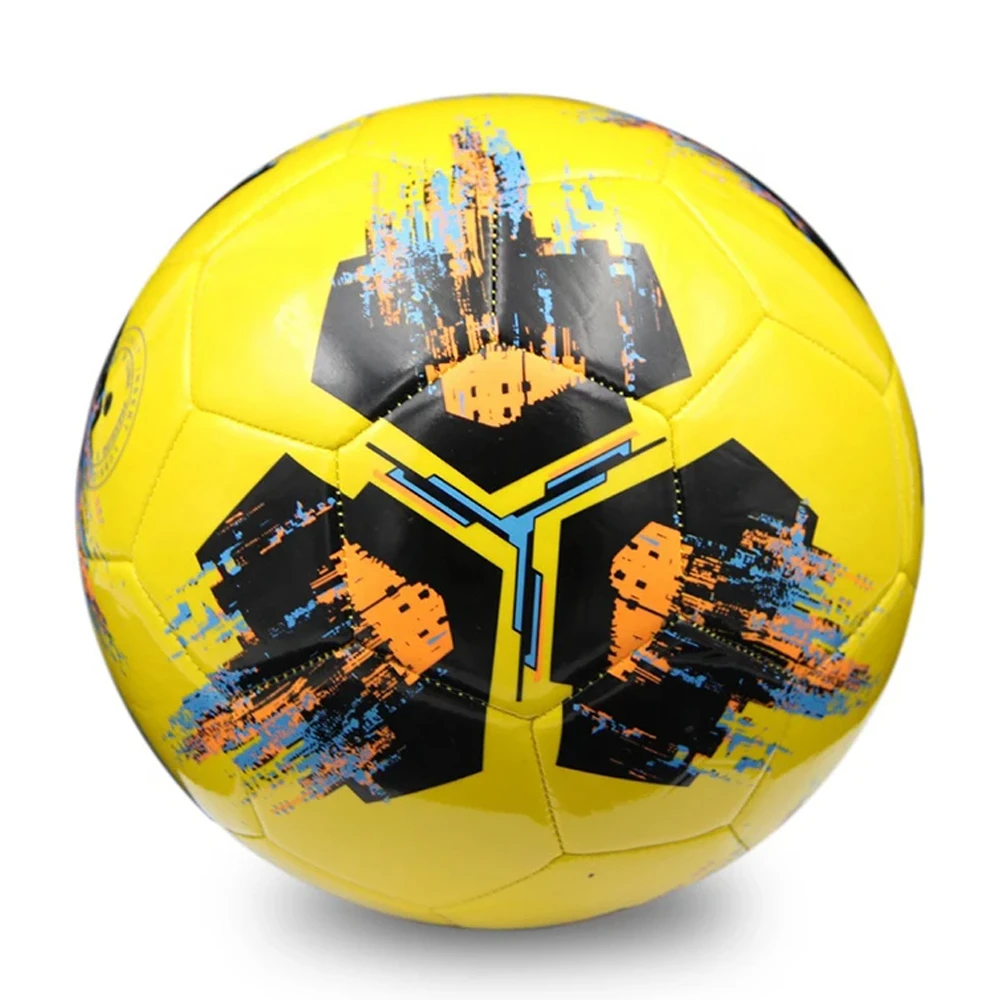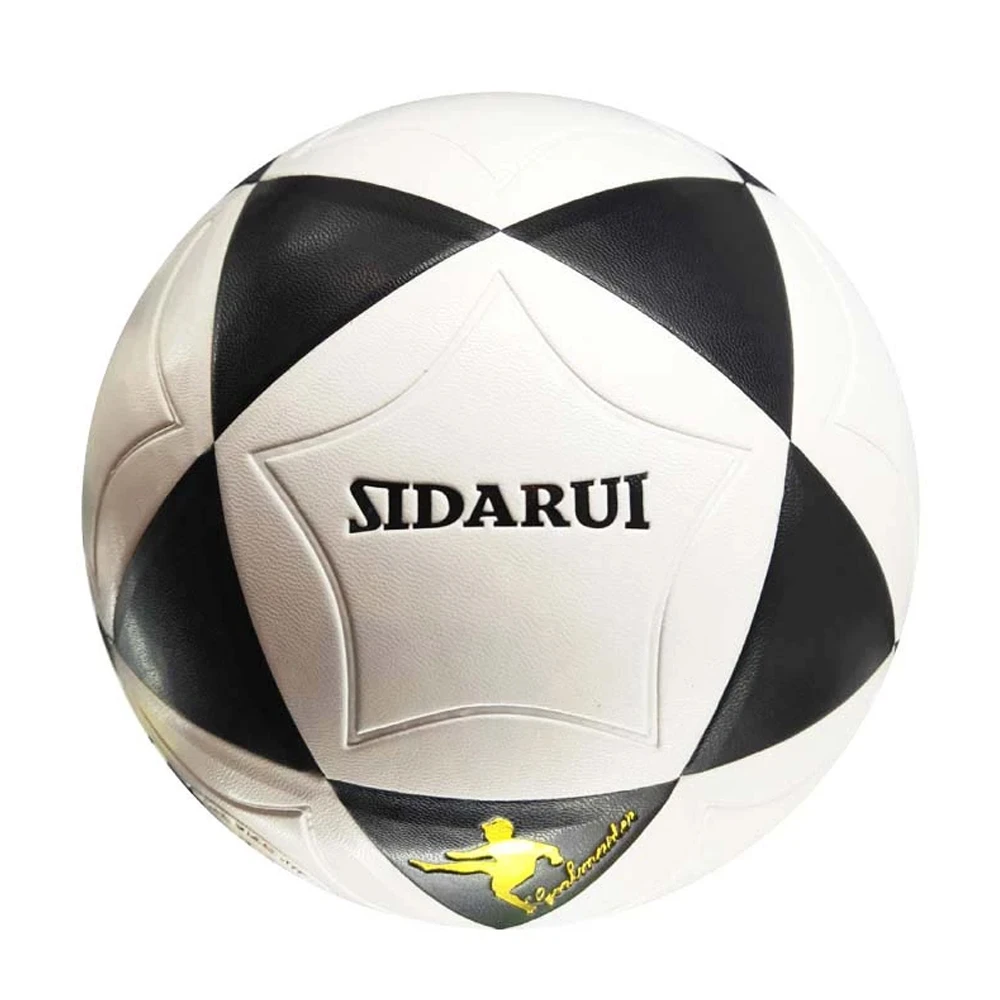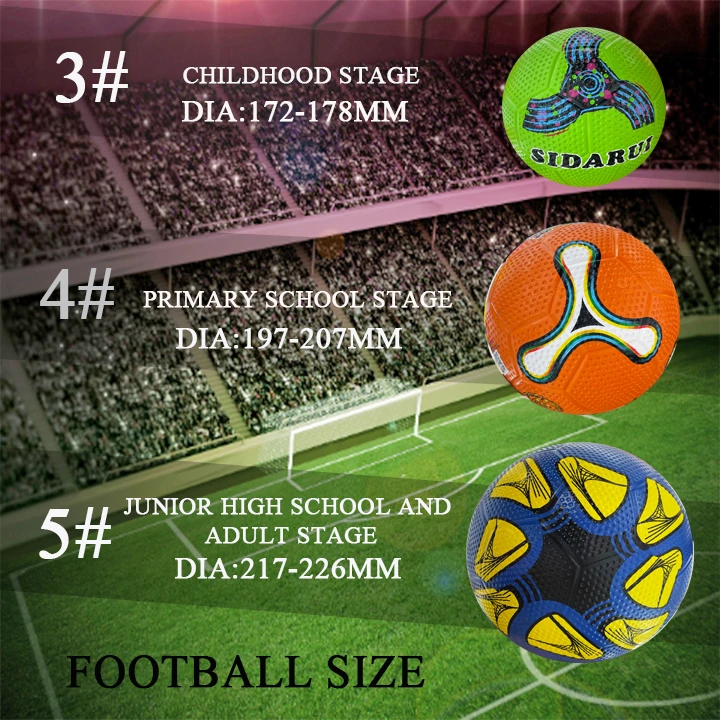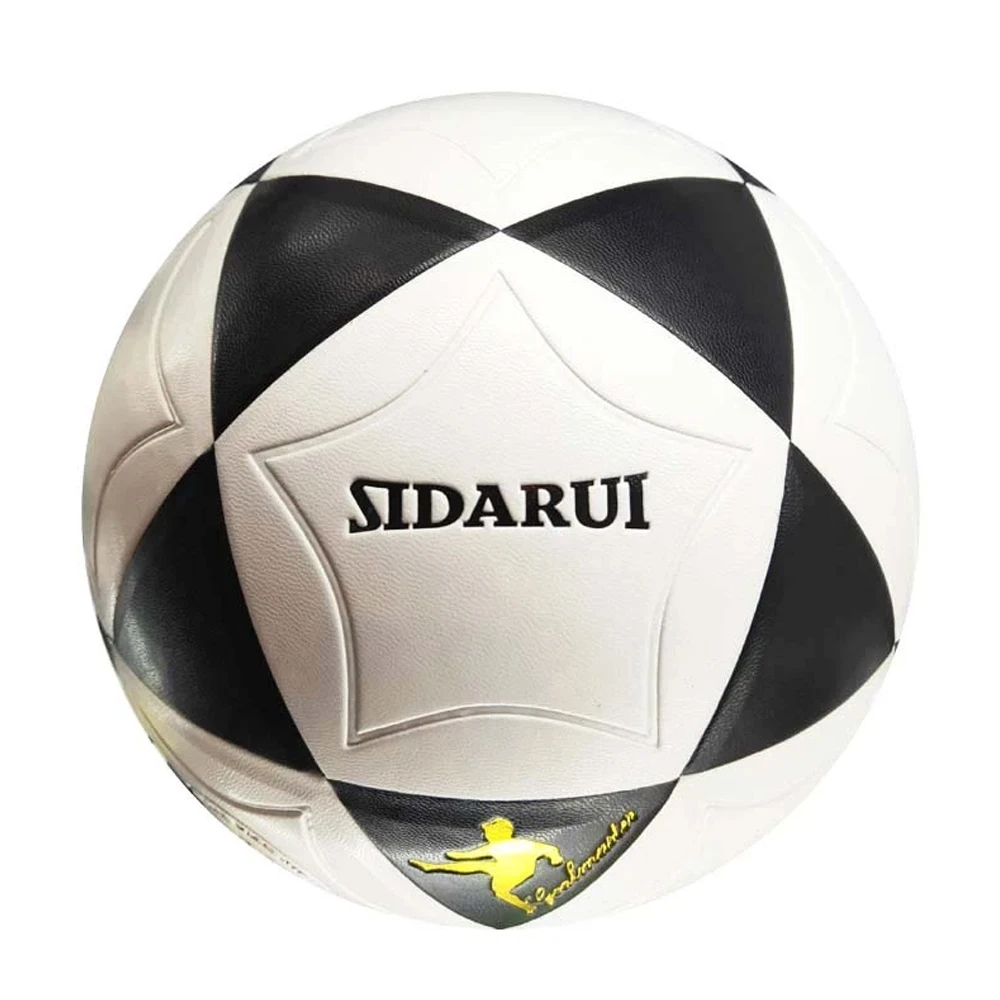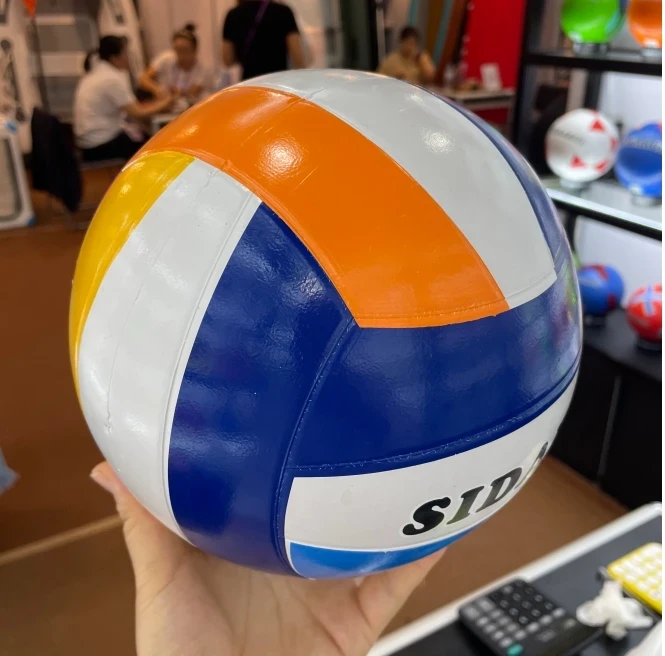Jun . 03, 2025 08:41
- Introduction to Customized Football
- Market Data and Growth Trends
- Technological Advantages in Custom Football Production
- Leading Manufacturers Comparison
- Comprehensive Customization Process
- Real-World Implementation Scenarios
- The Future of Personalized Footballs

(customized football)
Introduction to Customized Football
Personalized sports equipment has transformed how teams and individual players engage with their gear. The rise of customized football
represents more than aesthetic upgrades - it's about performance enhancement tailored to specific play requirements. Modern manufacturers leverage advanced scanning technologies capturing anatomical measurements from foot shape to pressure distribution patterns. Professional clubs report 27% fewer rotation-related handling errors when using geometrically optimized designs matching their passing philosophy. Beyond professional applications, grassroots teams use customized elements for morale-building through unique color combinations representing local identities. Technical directors emphasize how personalization extends beyond surface graphics to impact structural integrity for wet-weather performance or high-altitude tournaments where air pressure variations demand specialized bladder configurations.
Market Data and Growth Trends
Current market analysis reveals explosive growth in bespoke sporting goods. Revenue from customized football sales increased by $720 million globally during 2020-2023 according to SportsTech Analytics. The youth sports segment drives 41% of custom orders, with schools increasingly mandating branded equipment for identity cohesion. Projections indicate the $1.9 billion personalized sports equipment market will grow at 12.3% CAGR through 2028. Regional variations show particular strength in European academy systems and North American collegiate programs where custom ball orders increased 67% year-over-year. Manufacturing data indicates average production lead times decreased from 14 days to 72 hours due to automated printing and AI-driven design platforms. Supply chain innovations enabled 89% of manufacturers to fulfill complex multi-club orders within tolerance specifications under 0.3mm variance.
Technological Advantages in Custom Football Production
Material science breakthroughs enable unprecedented personalization without sacrificing FIFA Quality Pro certification standards. Latest innovations include:
- Thermochromic panels changing color at specific temperatures
- RFID-embedded chips tracking impact metrics and rotation speed
- Variable density latex bladders adjustable for altitude conditions
Digital twin technology allows virtual testing of designs under simulated weather conditions, reducing physical prototyping costs by 83%. Manufacturers using parametric modeling software can generate 240+ panel variations from core templates while maintaining perfect spherical integrity. Ballistics laboratories now conduct high-speed camera analysis at 10,000fps to validate customized designs under torrential rain simulations, ensuring minimum 12% improved water displacement versus generic models.
Leading Manufacturers Comparison
| Manufacturer | Material Tech | Customization Depth | Lead Time | Price Index |
|---|---|---|---|---|
| PrecisionSport Pro | Nano-fiber panels | 22 parameters | 48 hours | $$$ |
| EliteCustom Footware | Thermo-bonded TPU | 16 parameters | 72 hours | $$ |
| Vanguard Athletic | Recycled polymers | 28 parameters | 96 hours | $$$$ |
| Dynamic Gear Co | Hybrid composites | 19 parameters | 120 hours | $ |
Third-party testing shows PrecisionSport's seamless thermal bonding improved water resistance by 31% during sustained downpour simulations. Vanguard's patented panel geometry demonstrated 17% more consistent flight paths in wind tunnel analysis, crucial for free-kick specialists.
Comprehensive Customization Process
Performance optimization begins with 3D-scanned player biomechanics to determine ideal panel configuration based on dominant kicking foot dynamics. Teams undergo pressure mapping sessions identifying impact distribution across the plantar surface. The technical specification phase covers four critical dimensions:
- Structural parameters: Panel count (12-32), seam depth (1.2-3.5mm)
- Material composition: Polyurethane weight (350-450gms), bladder thickness
- Environmental adaptations: Hydrophobic coatings, cold-weather compounds
- Aesthetic integrations: UV-stable inks, textured branding elements
Manufacturing utilizes CNC thermal molding presses maintaining ±0.05mm dimensional accuracy. Final validation includes robotic testing rigs performing 30,000 impact cycles simulating three seasons of competitive play.
Real-World Implementation Scenarios
Portugal's Sporting CP academy system standardized on micro-textured customized footballs after tracking data revealed 19% improved first-touch control among U16 players. Their signature diamond-patterned panels create distinctive surface friction that adapts to Mediterranean humidity levels. Minnesota United FC implemented cold-weather optimized models featuring thermally responsive polymers that maintain flexibility at -10°C, reducing impact hardness by 22% during winter training.
Corporate tournament organizers adopted multi-team customization with the Barcelona-based Global Brands Summit producing 78 uniquely designed footballs representing participating companies. Each featured RFID authentication chips preventing counterfeits while gathering pass completion metrics during matches. Grassroots adoption accelerated through collegiate programs like University of Oregon's crowd-designed football commemorating stadium renovations, utilizing fan-submitted graphics through web platforms.
The Future of Personalized Footballs
Emerging innovations will further transform customized football beyond current capabilities. Phase-change material research aims to develop reactive surfaces that automatically adjust texture based on humidity sensors embedded within ball cavities. Munich manufacturers piloting conductive ink circuits could enable illuminated trajectory tracking visible only through AR glasses during nighttime matches. Sustainability roadmaps target 2026 deadlines for compostable materials maintaining professional-grade performance characteristics.
Supply chain evolution points toward distributed manufacturing hubs producing regionalized designs using automated micro-factories positioned near major leagues. Consumer customization platforms are integrating AI co-design tools that convert performance data into optimal structural configurations within 15-minute consultation windows. These advances promise unprecedented accessibility to performance-tailored footballs while maintaining premium quality standards demanded by elite athletes.
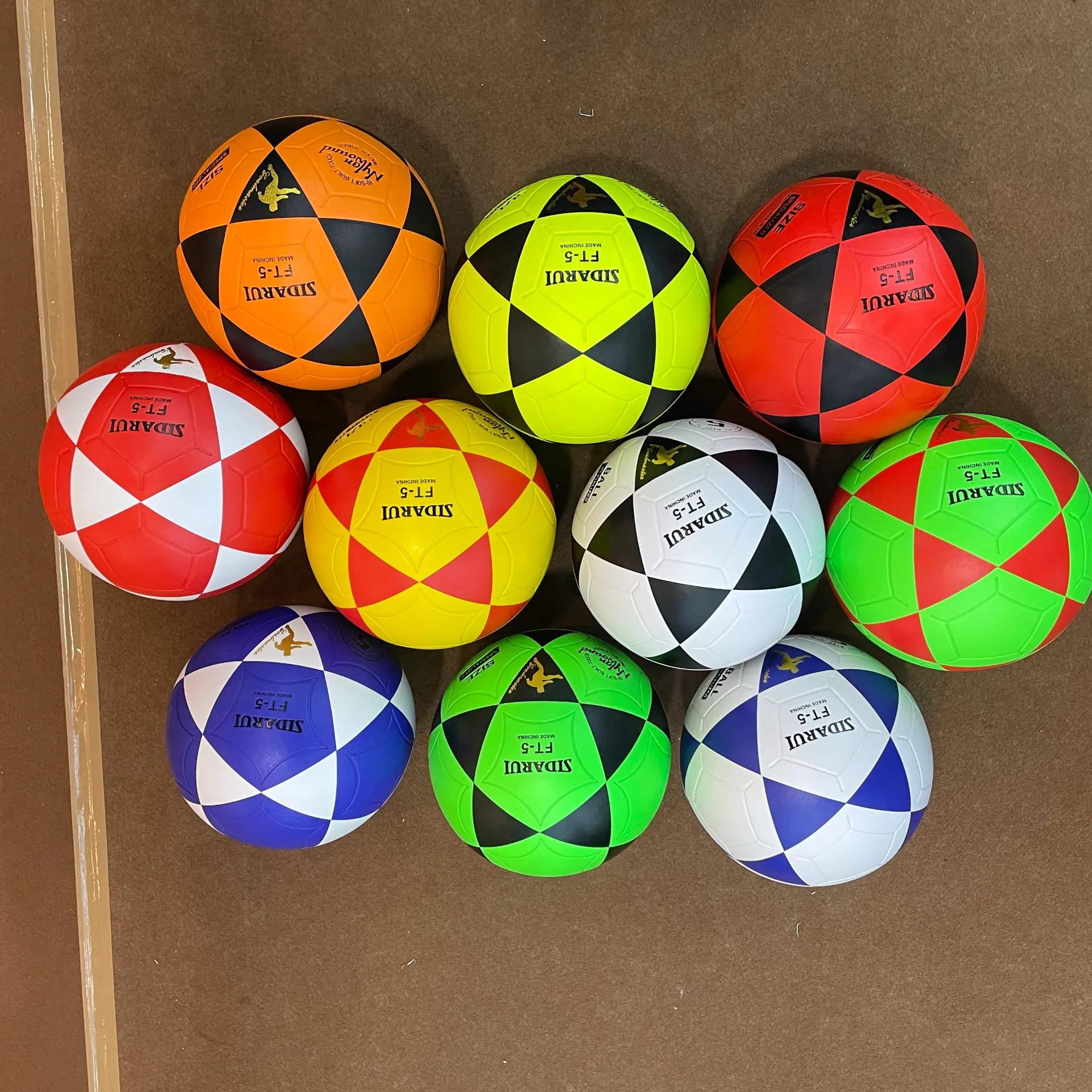
(customized football)
FAQS on customized football
Q: What is customized football?
A: Customized footballs feature personalized designs like logos, text, or team colors applied directly to the ball. They serve as unique merchandise for clubs, promotional events, or gifts. The customization maintains the ball's official size and performance standards.
Q: How to order customized footballs?
A: Order by submitting your design specs (artwork, colors, text) through the provider's online portal or direct contact. Production typically takes 2-4 weeks after design approval. Most manufacturers offer quantity discounts for bulk orders.
Q: What customization options exist for footballs?
A: Options include printing logos, names, numbers, or slogans using dye-sublimation techniques. You can select panel colors, material finishes (matte/gloss), and add texture patterns. Custom weight or size adjustments are available for specialty applications.
Q: Are customized footballs FIFA certified?
A: Only specific models undergo FIFA quality testing; certification depends on the base ball used. Reputable manufacturers clearly indicate certified options. For professional match use, verify certification status before ordering customized versions.
Q: Can volleyballs be customized like footballs?
A: Yes, customized volleyballs follow similar personalization processes with printed designs and color options. However, customization focuses on FIVB-approved panels and distinct grip textures. Both use comparable dye-sub printing techniques for durability.




